
HOMAT ALHIMA FOR THE ARCHIPELAGOS OF TRIPOLI
Lebanese city Tripoli, holds a string of four small islands offshore (ARCHIPELAGOS). The Palm Islands were declared a protected area because of their status of haven for endangered loggerhead turtles (Chelona mydas), rare monk seals and migratory birds.
Several globally threatened bird species such as Audouin’s Gull, Dalmatian Pelican, and Corncrake can be observed here. The reserve has been designated a “Mediterranean Specially Protected Area” under the Barcelona convention, as well as a “Wetland of Special International Importance” (Ramsar- 2001). Resting place for 156 species of migratory birds (including many rare and endangered species). Rich in medicinal plants, fish species, sea sponges and other sea life.
The islands represent an eastern Mediterranean marine ecosystem made up of three flat, rocky islands of eroded limestone substratum rising to 6m above sea level. There is a freshwater well on Palm Islands, as well as some half-built concrete buildings and some ruins from antiquity.
The Palm Islands are declared by law as a nature reserve in 1992. Managed by Palm Islands Nature Reserve committee under the supervision of the Ministry of Environment. A management plan exists but needs updating based on current developments and assessments.
Five experienced people visited the archipelagos and identified important agglomeration areas of seabirds.
Dr. Tony Faissal
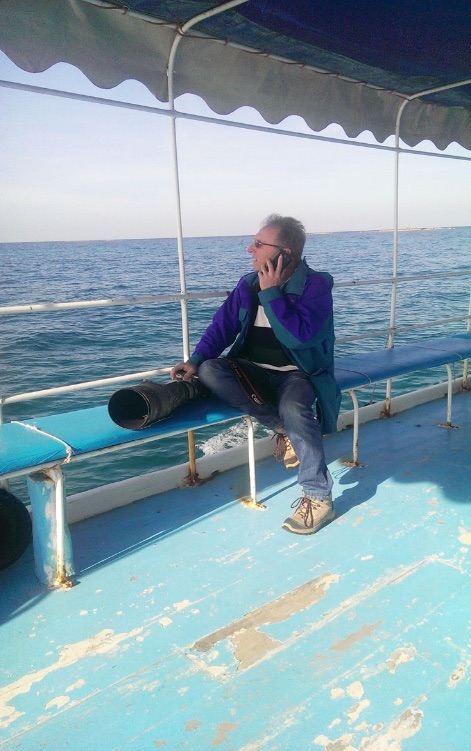
Mr. Samer Azar
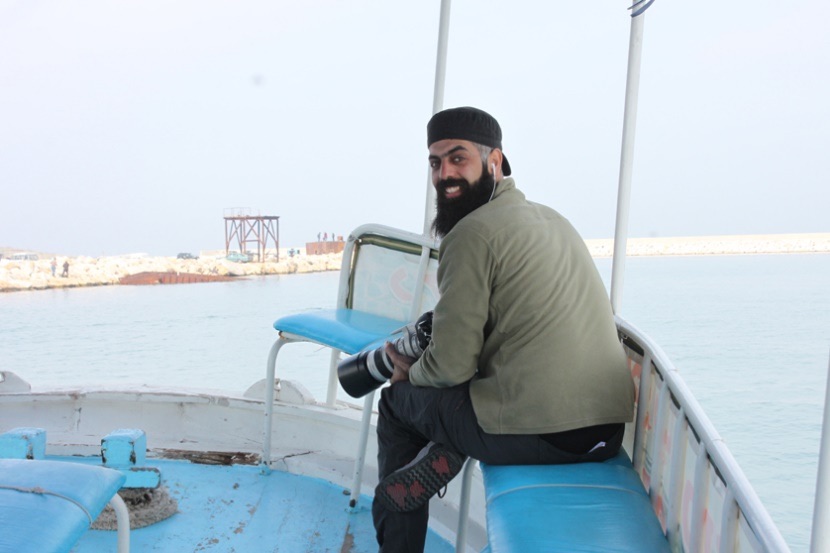
Mr. Maher Rouhana
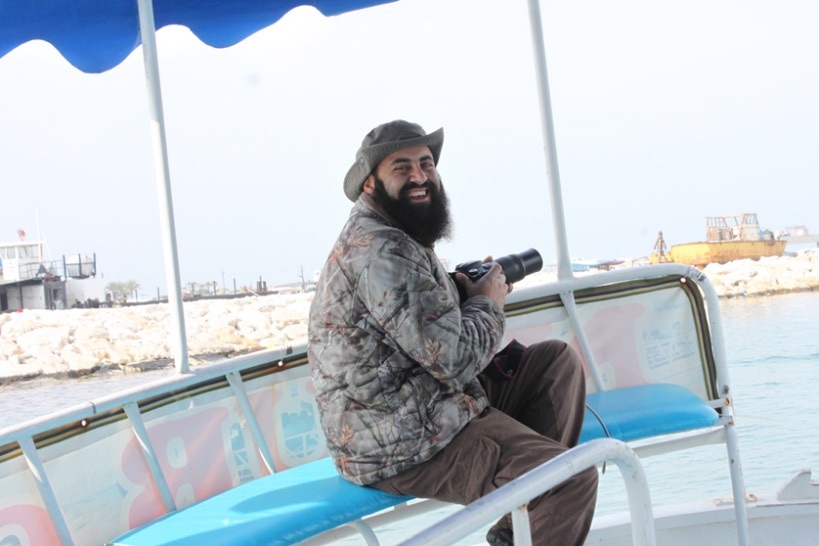
Mr. Thierry Magniez
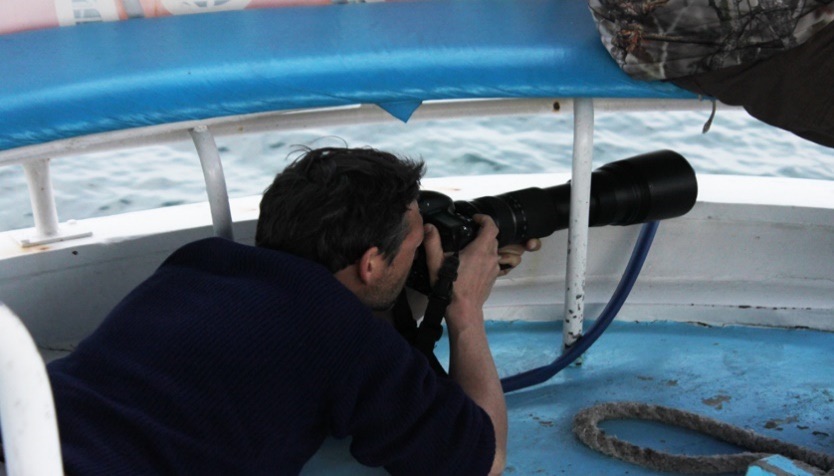
Dr. Ghassan Ramadan Jaradi (Eco-Ornithologist)
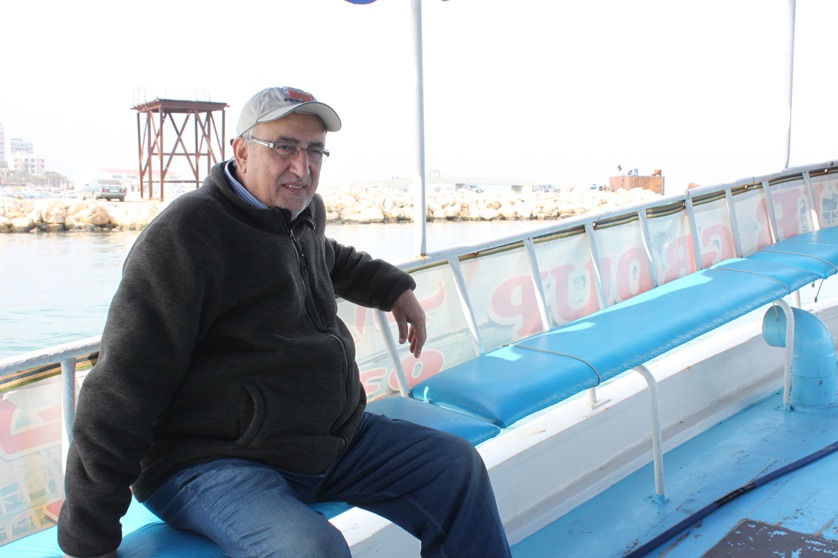 They fixed plots for monitoring
They fixed plots for monitoring
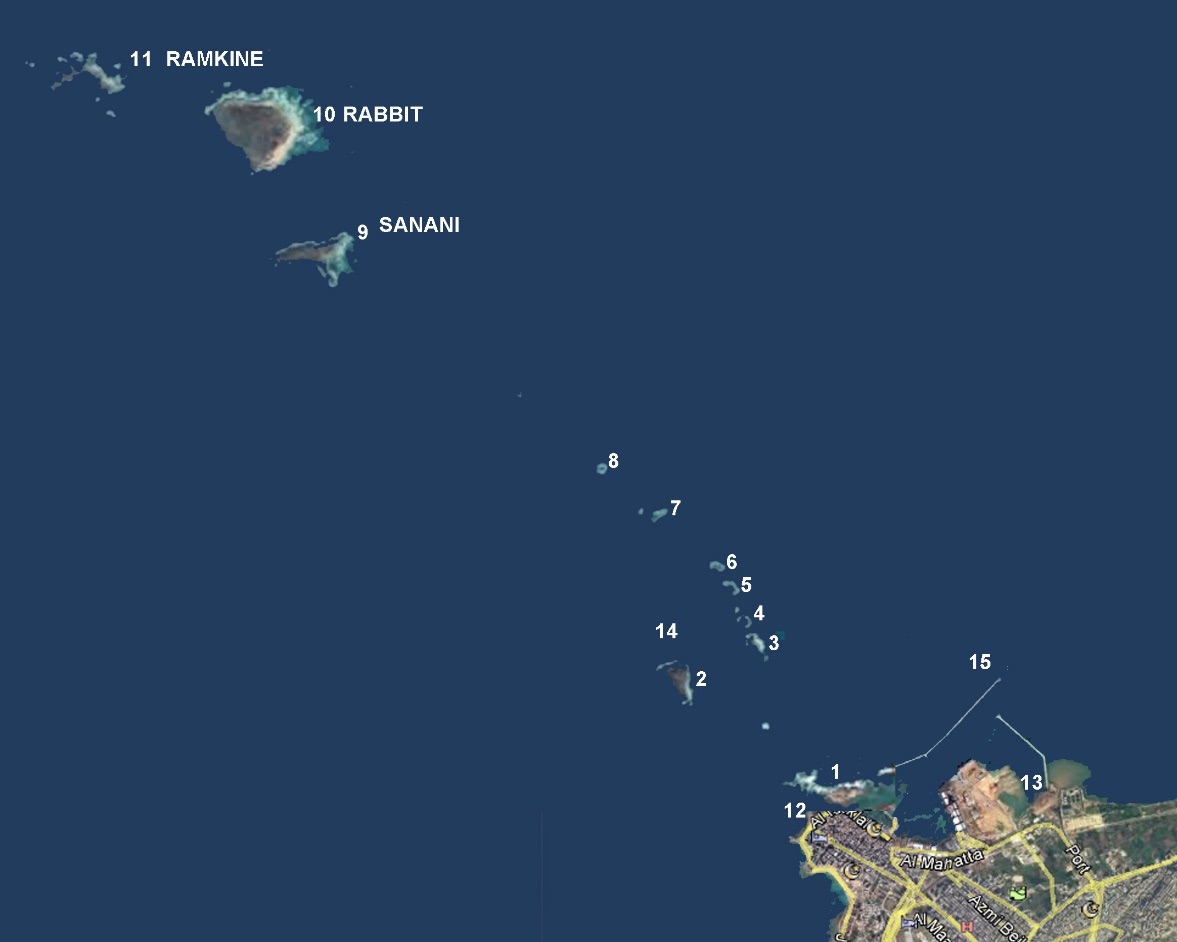
Plate 1: 15 sea-birds monitoring plots at the PINR and its surroundings.
These sites are:
1= Abdul Wahhab Islet
2= Ballane Islet
3= x Islet
4= x islet
5= x islet
6= x islet
7= x islet
8= x islet
9= Sanani island
10= Nakhl (Rabbit Island)
A workshop was conducted for the purpose of forming a team of Homat Al-HIMA that can help in protecting the area.
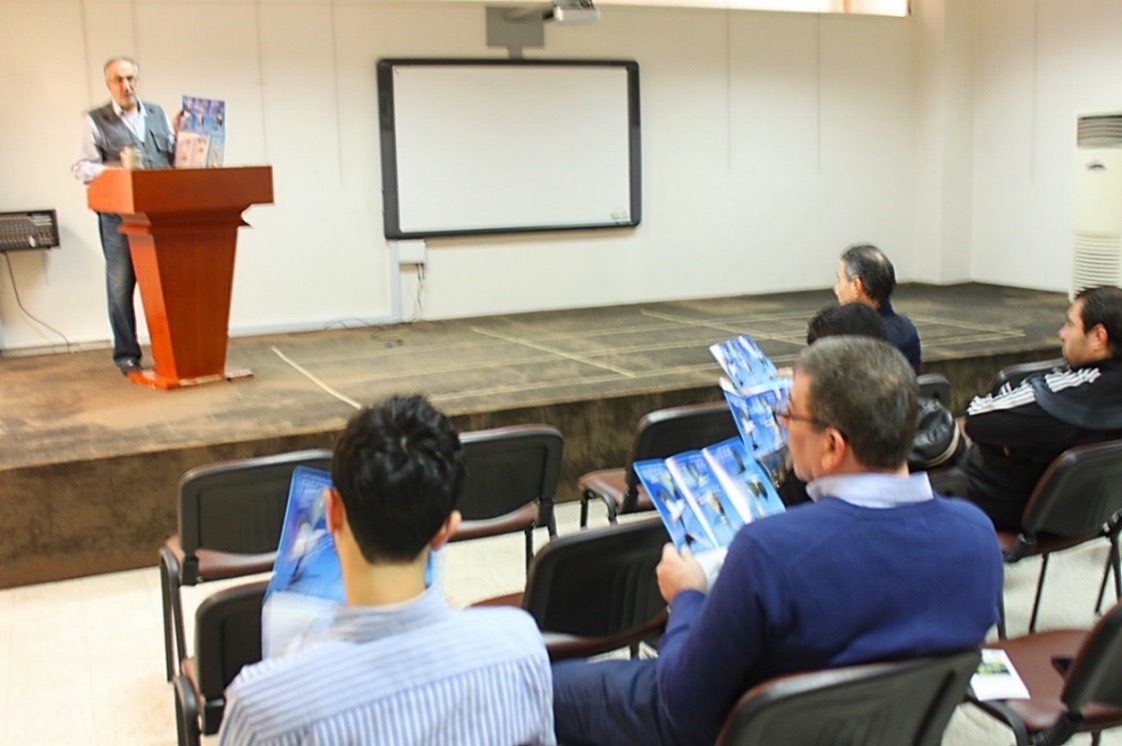
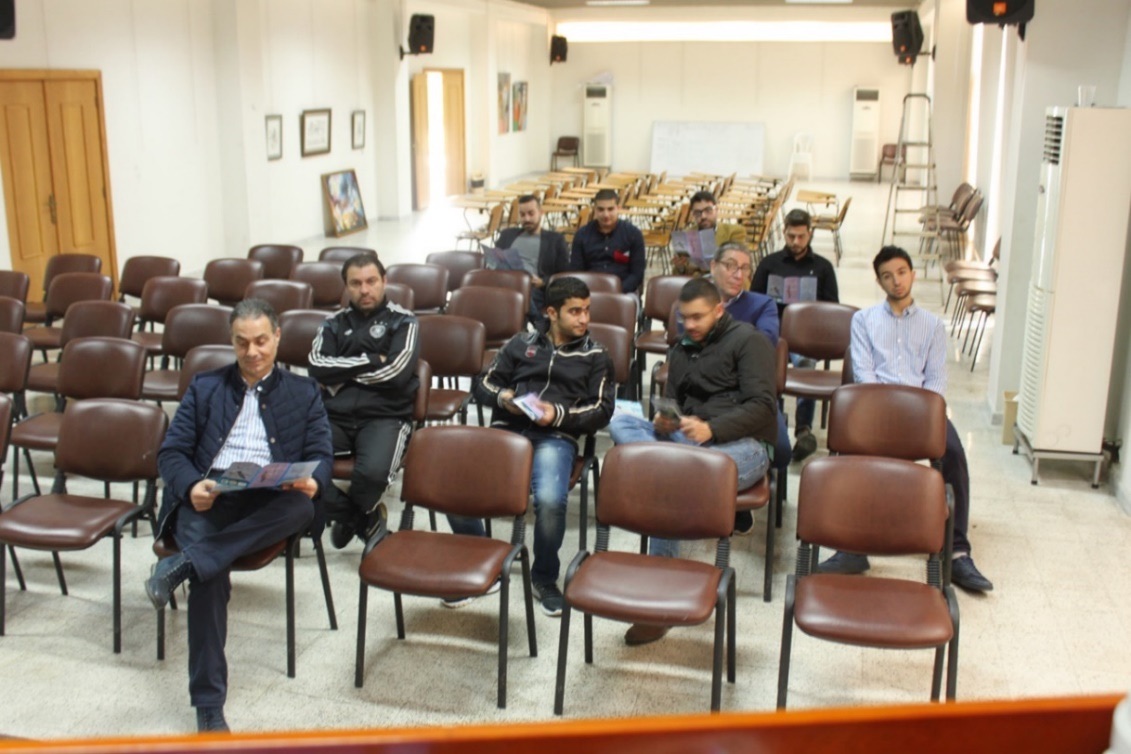
The team received training on identification of sea birds
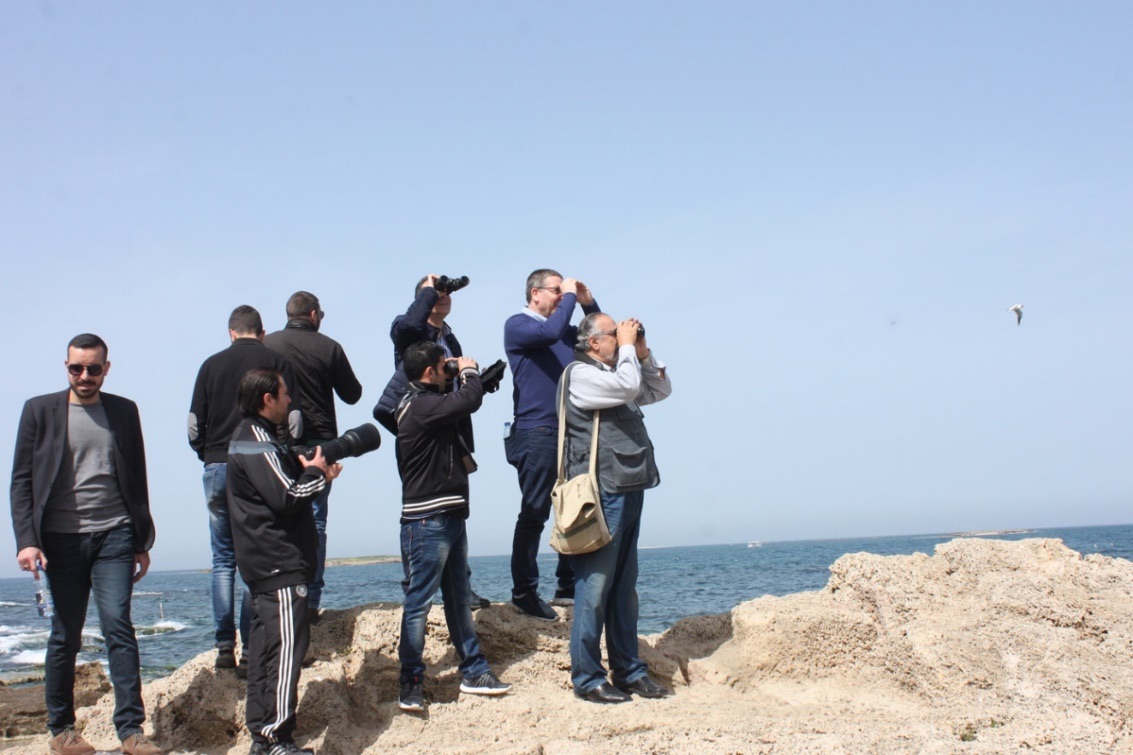
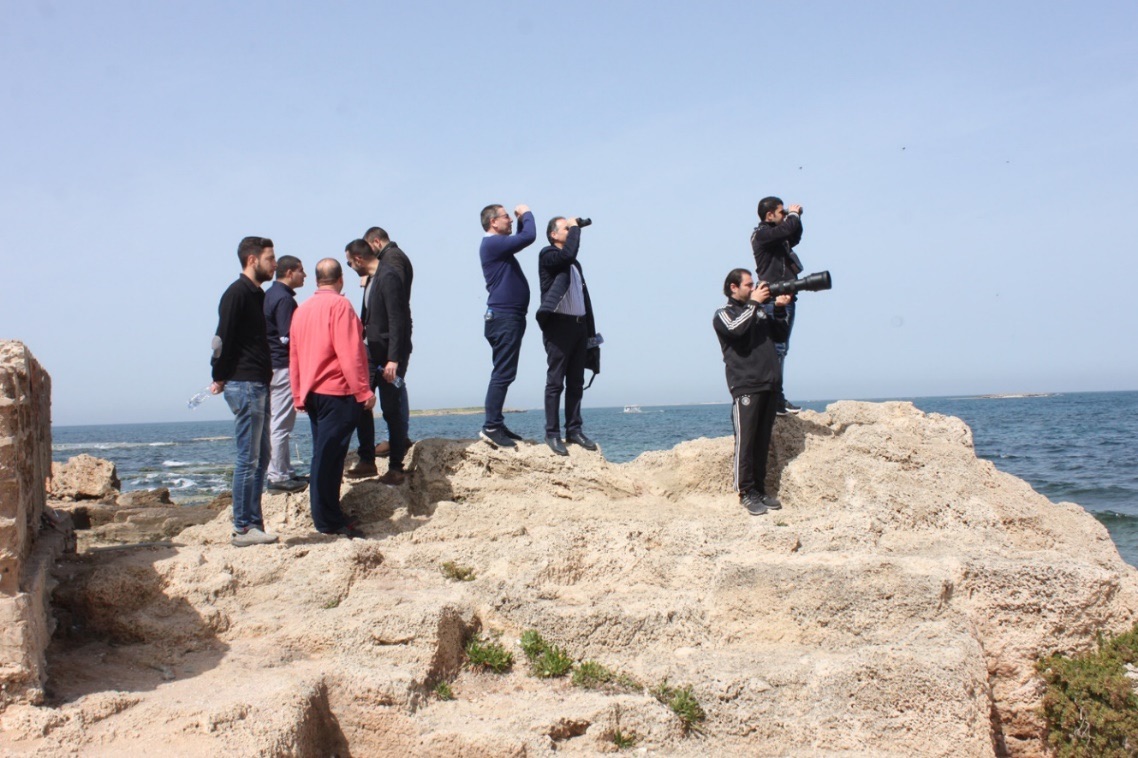
SEABIRDS SEEN AND IDENTIFIED BY THE TRAINEES
During the trip, the participants were able to identify the following species with low level of error:


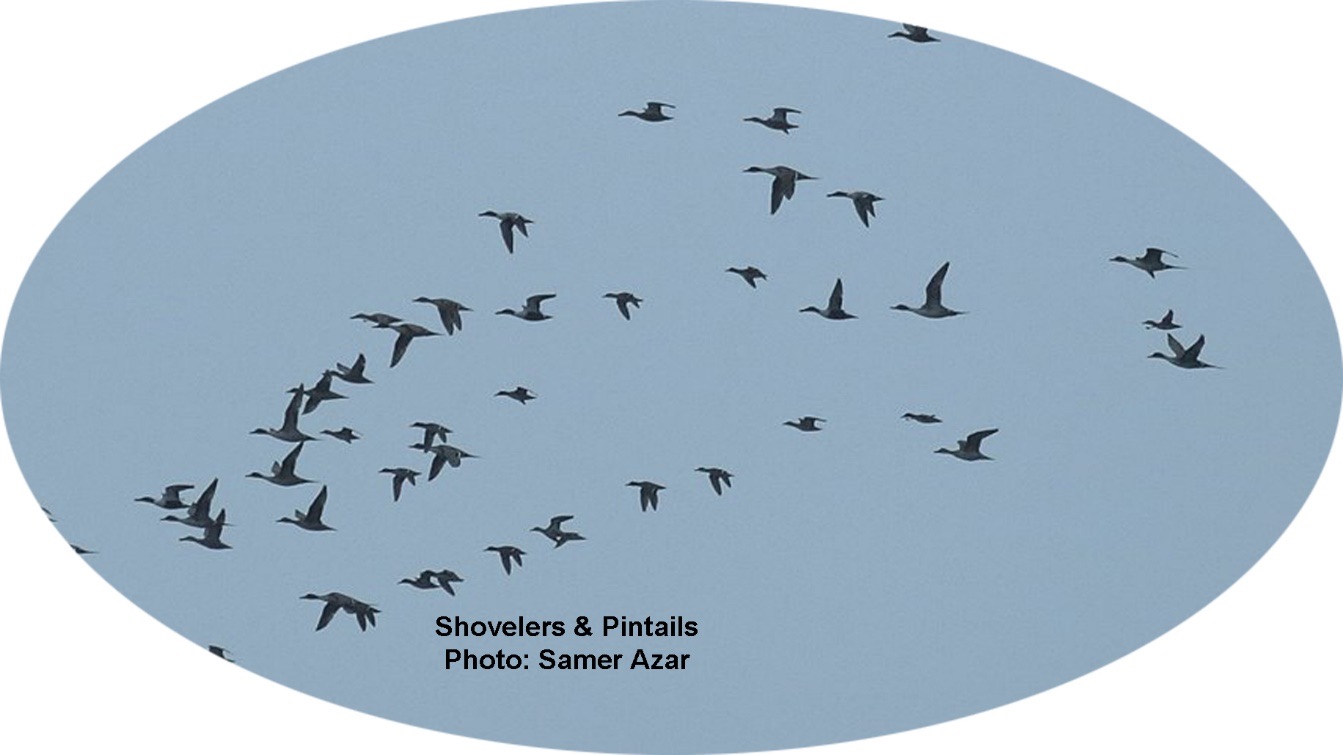
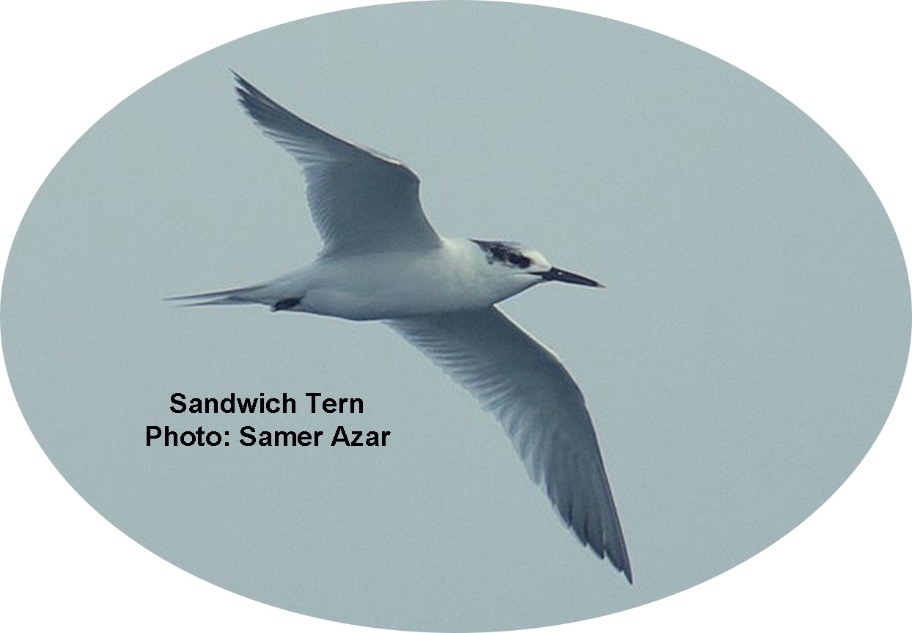
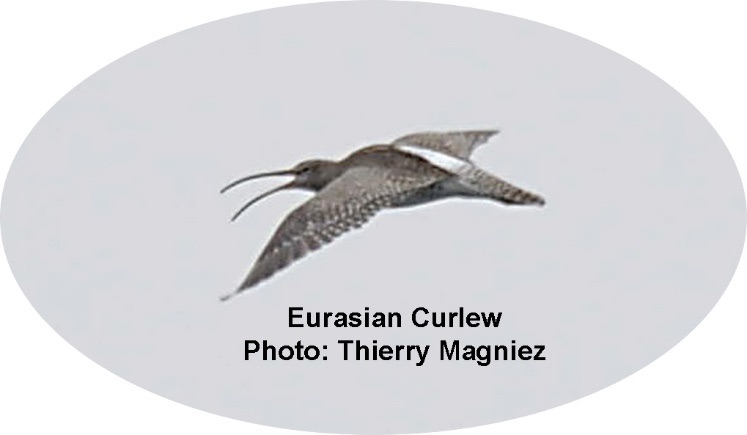
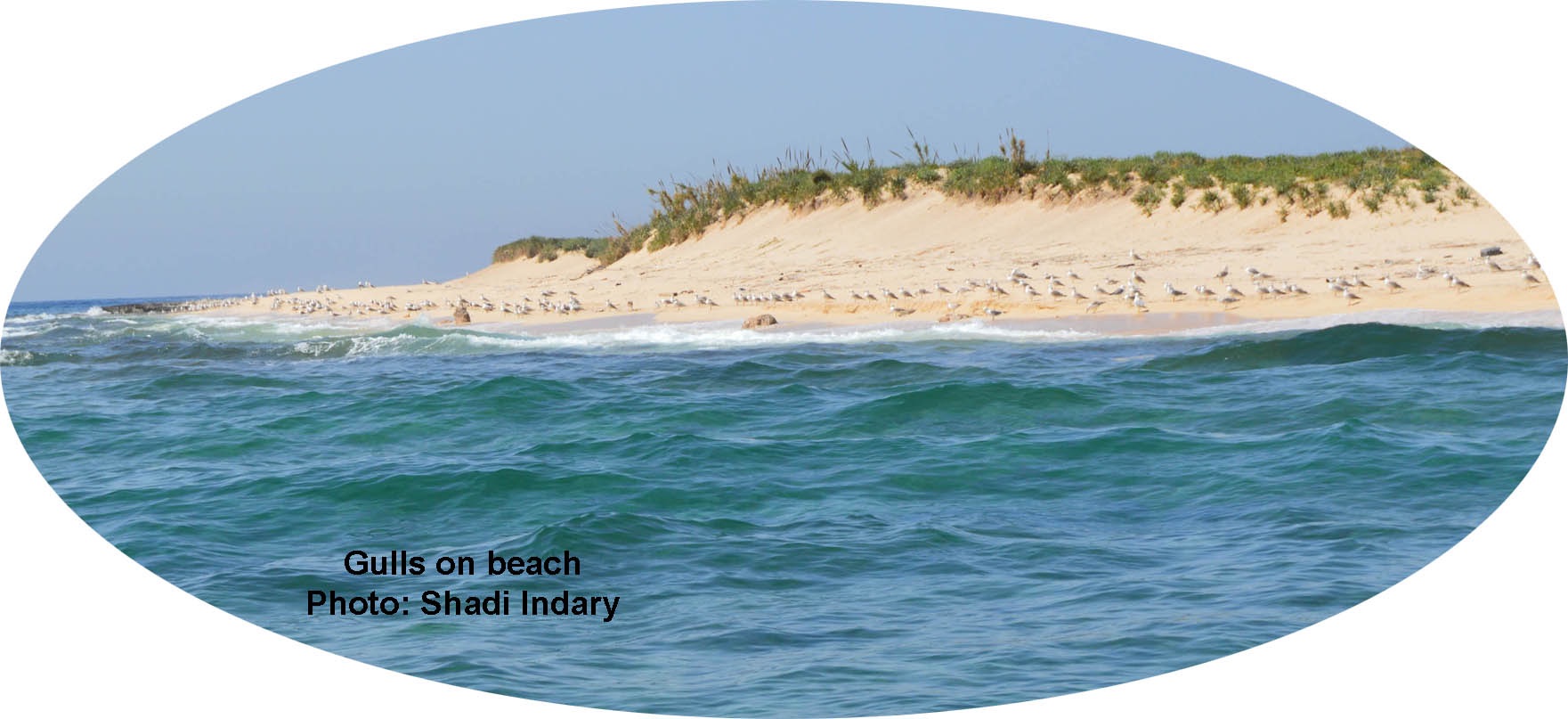
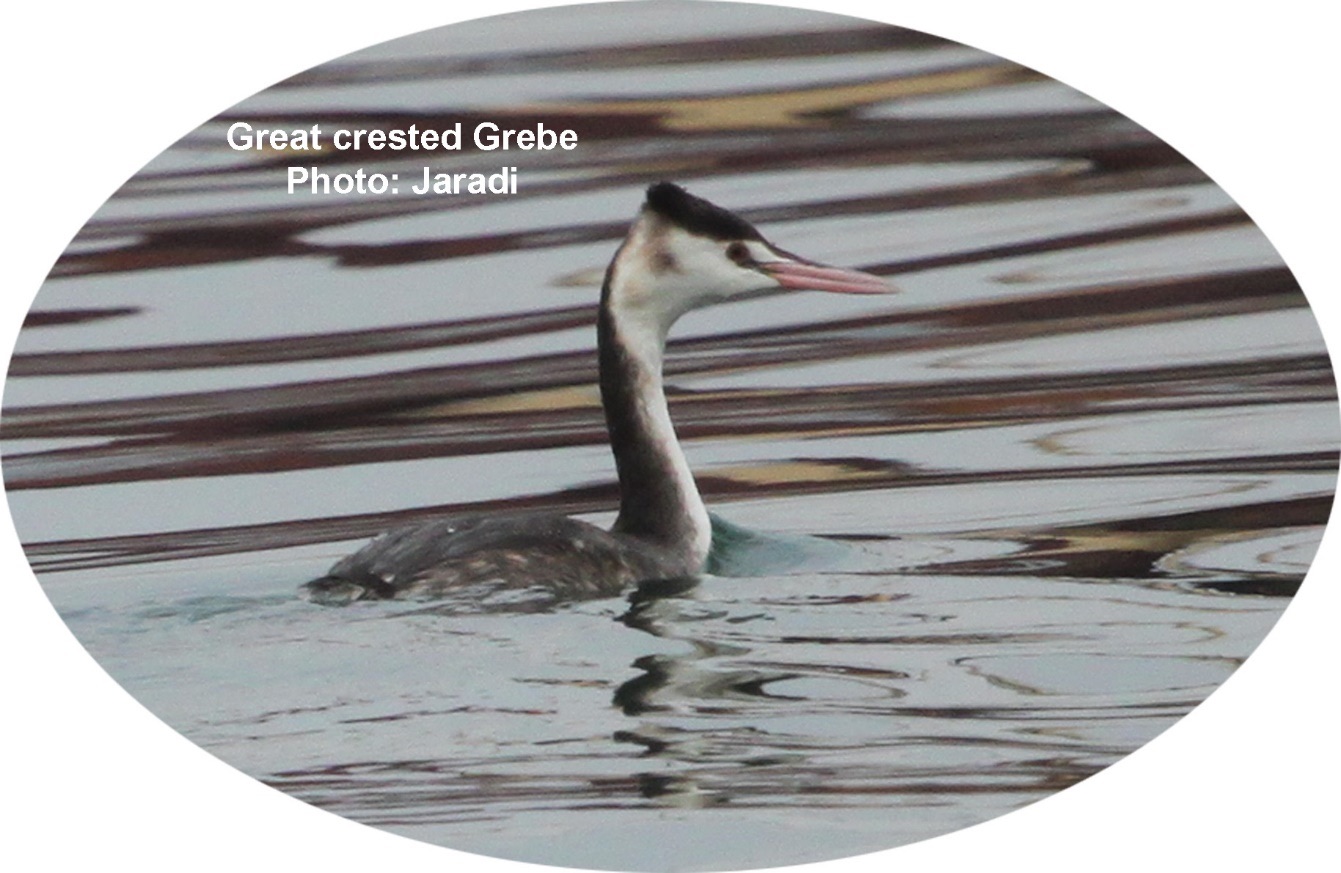

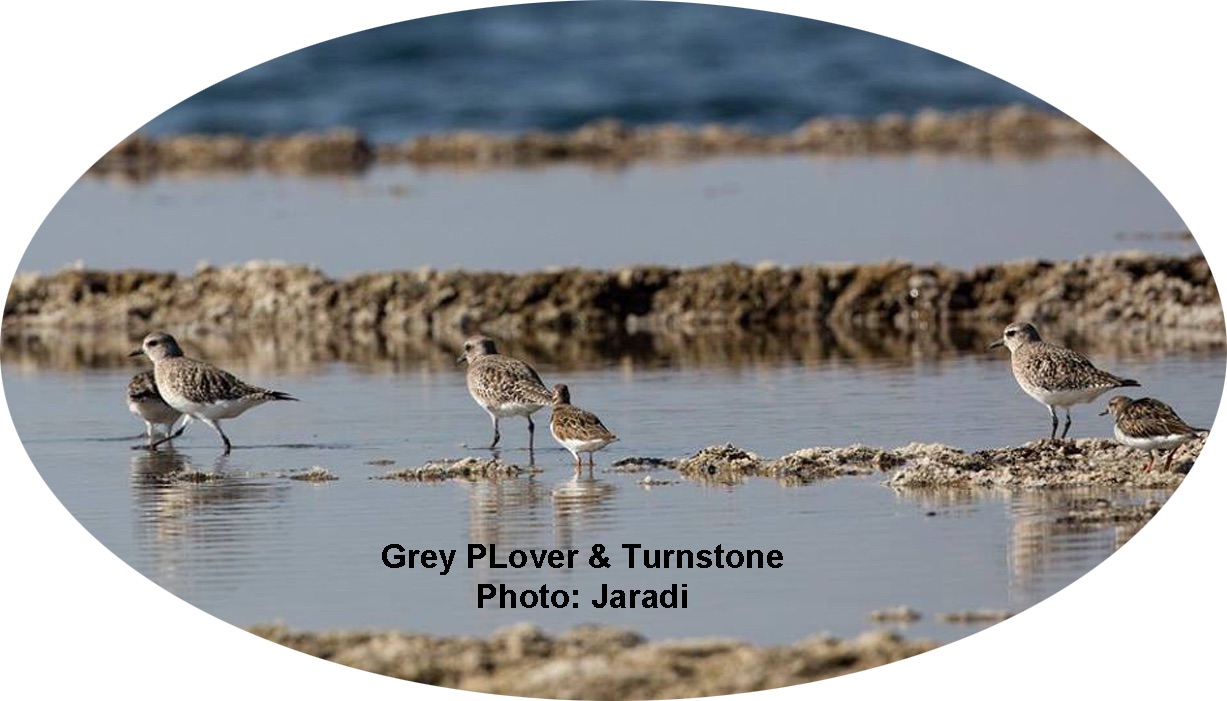
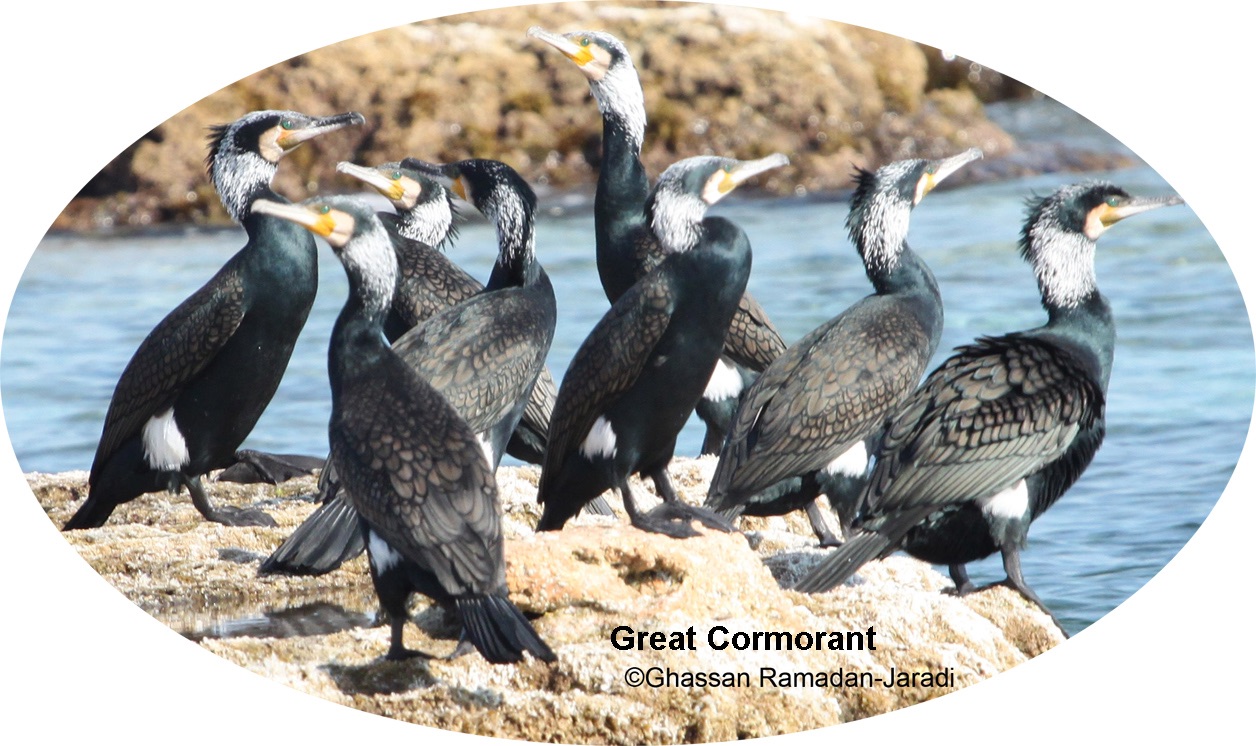

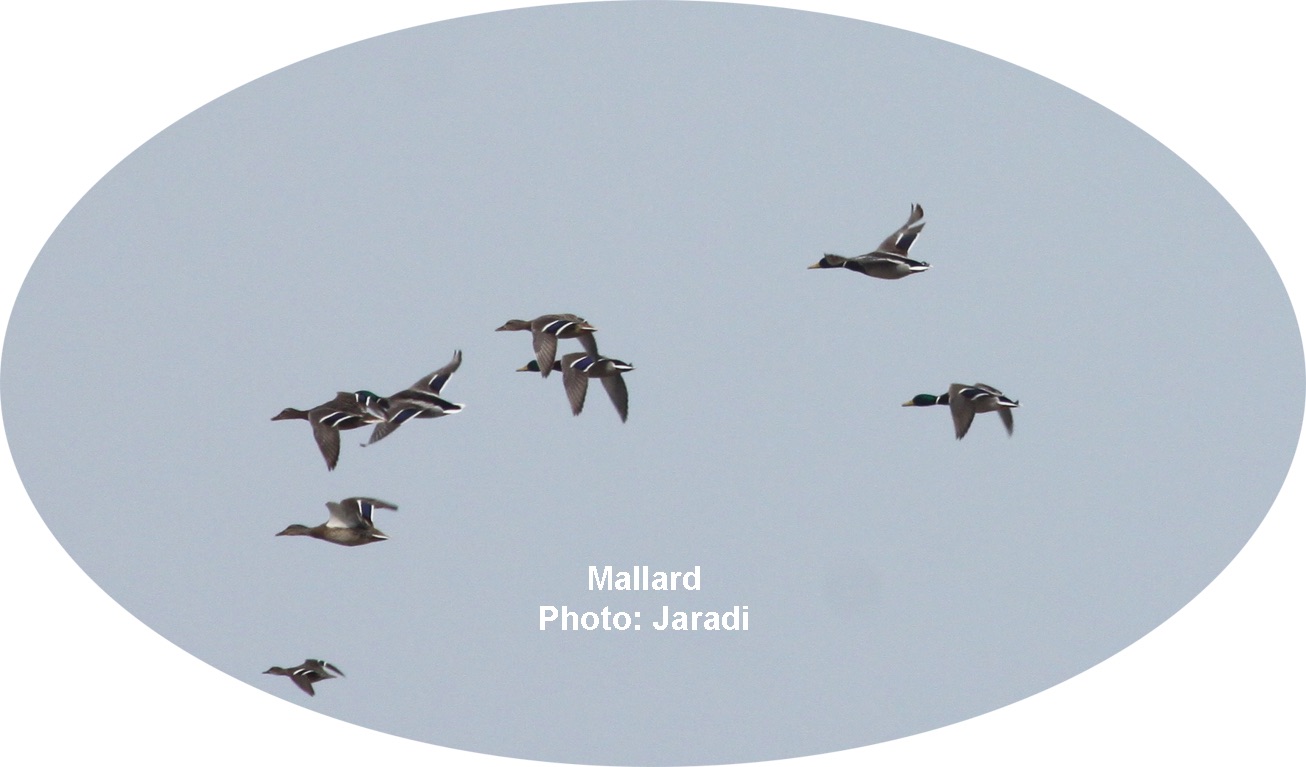
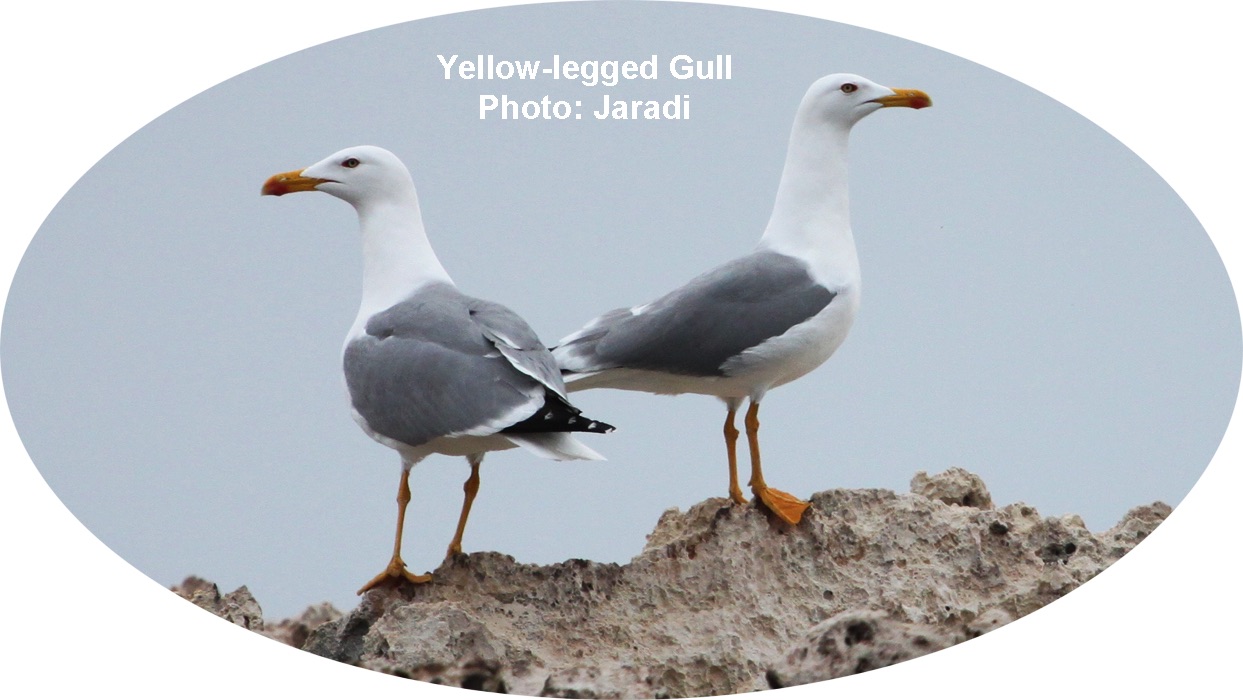
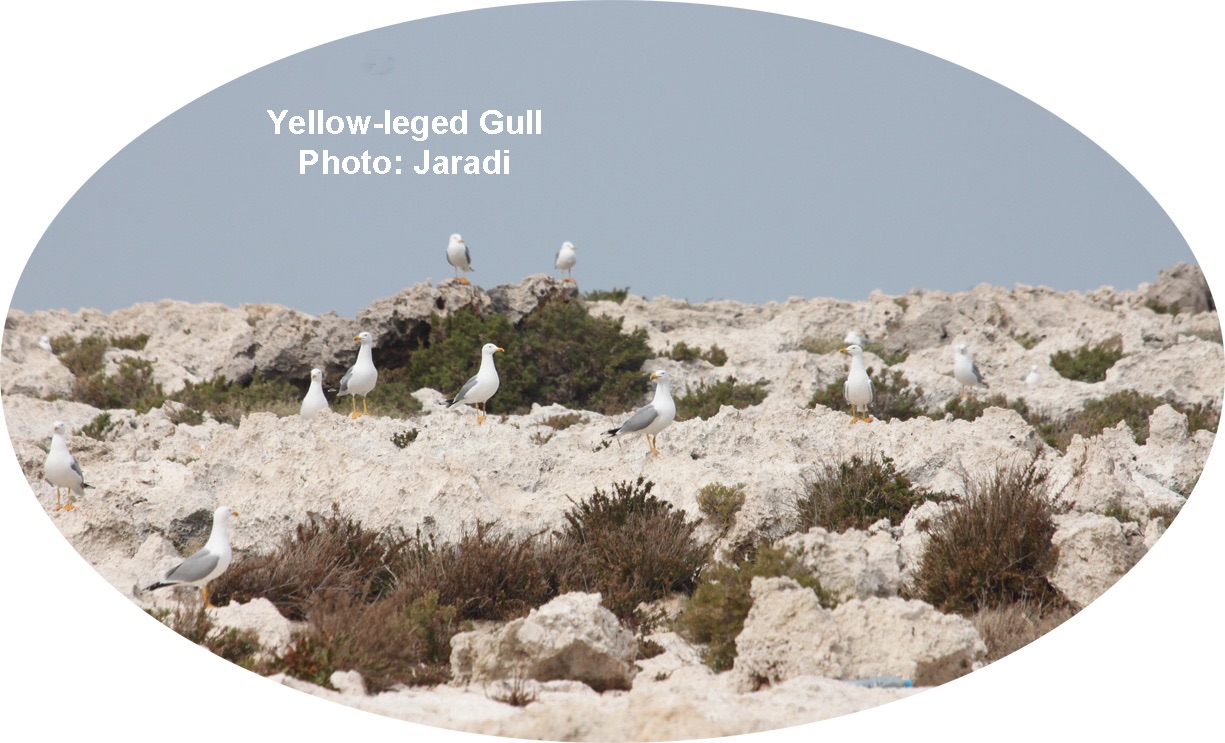
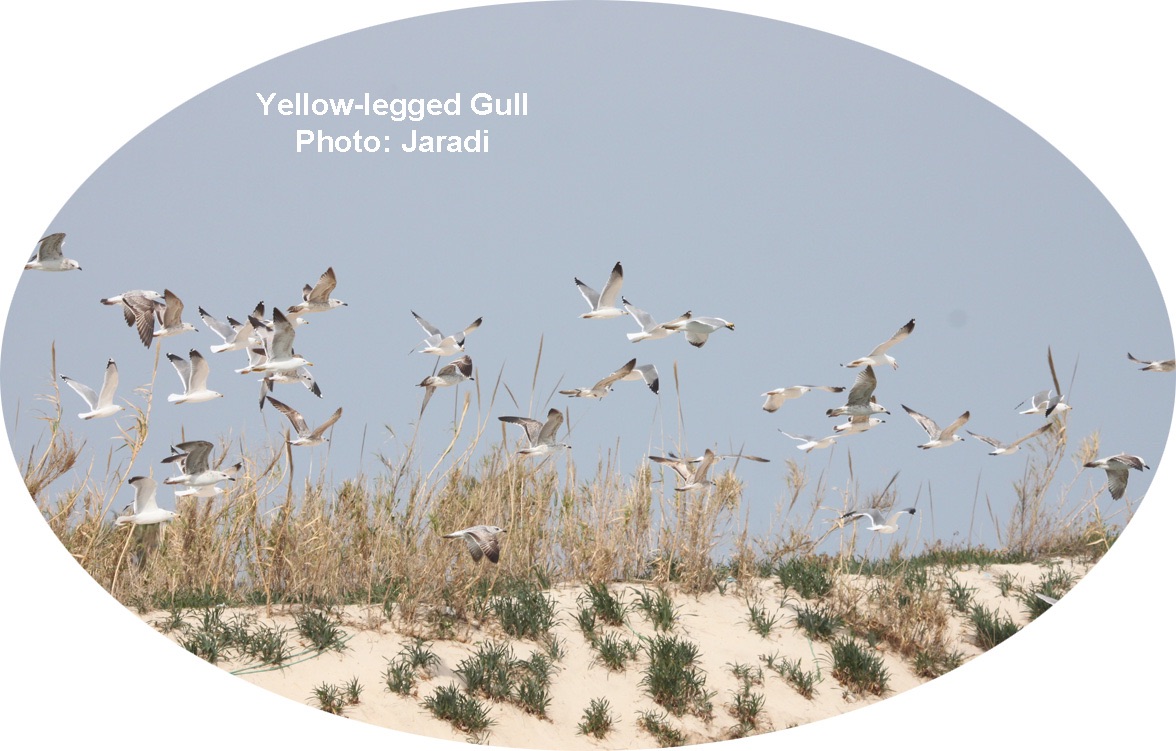
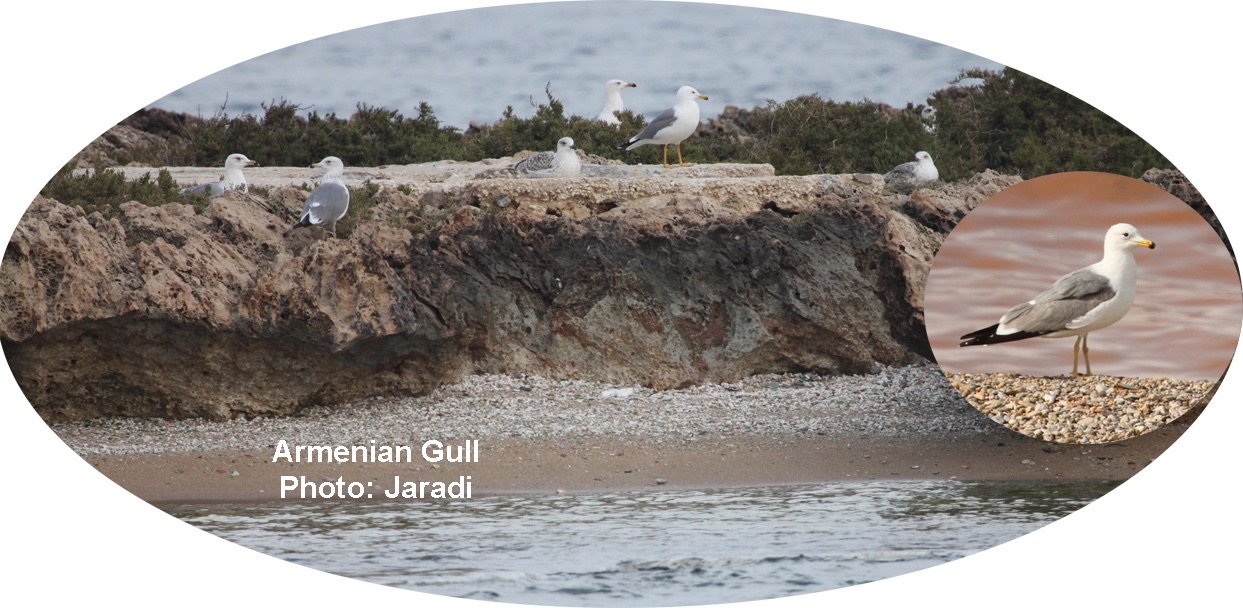
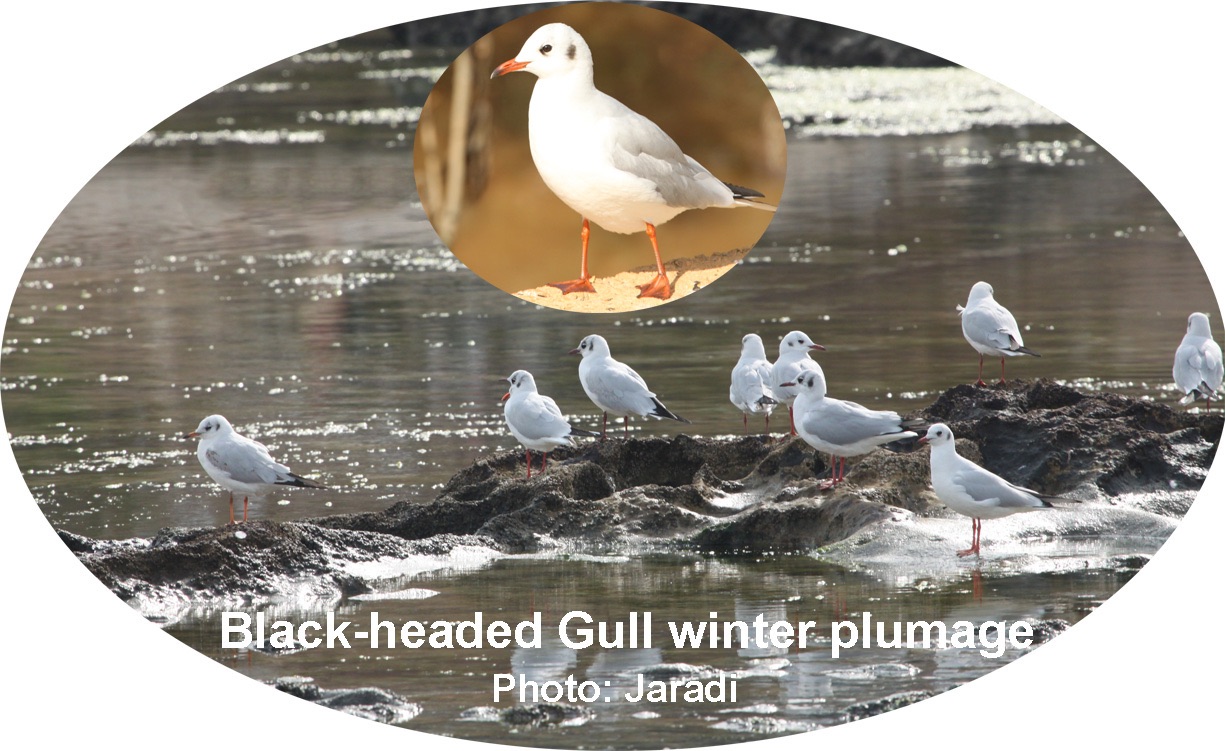
The Cattle Egret was not previously observed by the 5 experts but identified by Dr. Jaradi on a photo taken by Mr. Rabah Assafiri (trainee) on 9 March 2017.